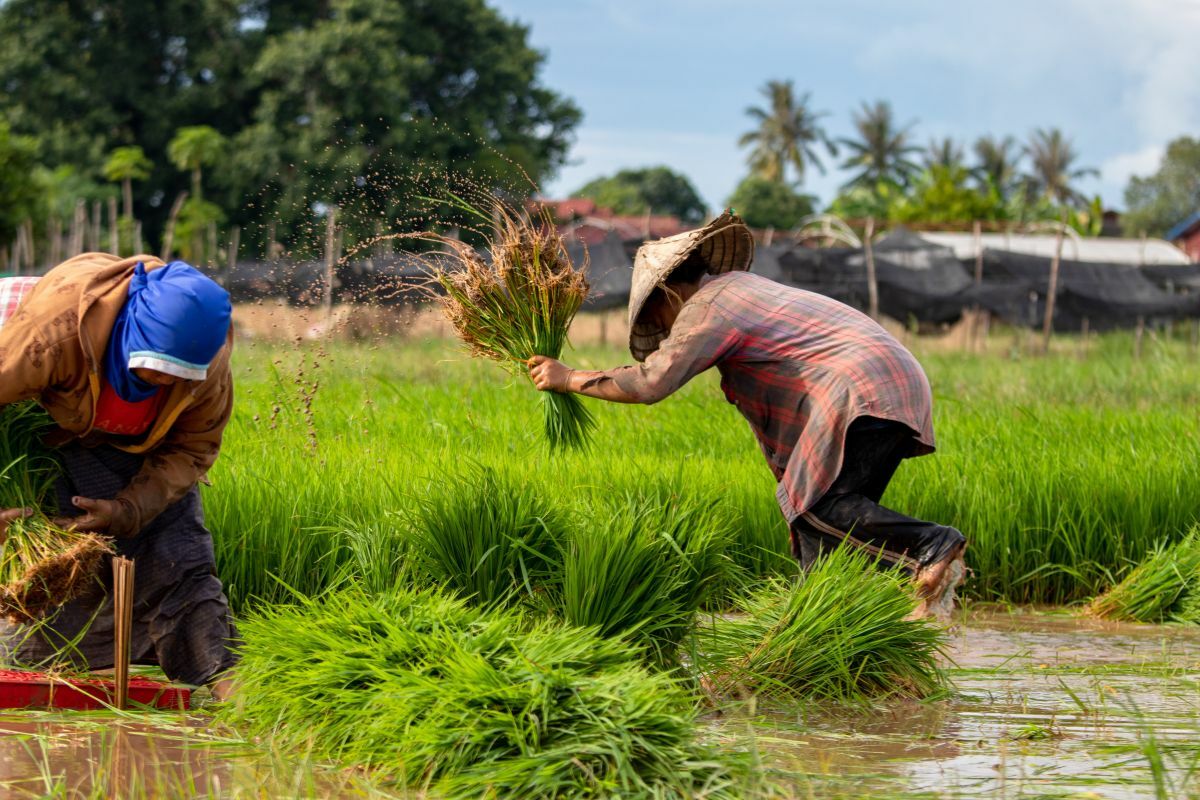El Niño effect forecasted to lower Thai rice production in 2023-24

The Agricultural Economics Office of the Agriculture and Cooperatives Ministry in Thailand forecasted a decline in rice production for the 2023-24 harvest season. The expected drop is approximately 871,000 tonnes, a decrease of 3.27%, totalling 25.8 million tonnes. This significant decrease is primarily due to the effects of the El Niño weather phenomenon.
Deputy Secretary-General of the Agricultural Economics Department, Tantita Bunyamaneekul, reported a reduction in the country’s rice cultivation area for the 2023-24 crop year, which totalled 62.4 million rai. This is a reduction of 602,000 rai or 0.96% from the previous year. The harvest area is projected to be around 59.6 million rai, down 316,000 rai or 0.53% from the previous year.
This decrease in cultivation area is largely due to changes in weather conditions, which have resulted in delayed rainfall. According to the Thai Meteorological Department, rainfall for this crop year is expected to be lower than last year.
Mid-June to mid-July witnessed a rainfall deficit, causing water shortages in agriculture, particularly in non-irrigated dry areas. Consequently, some farmers have left their fields fallow, while others have only managed one rice planting.
The lower rainfall has also negatively impacted the yield per rai. Furthermore, there is an increased risk of disease and pest infestation, including rice blast disease and rice thrips, contributing to the decline in national rice production.
Despite the decrease in production, rice prices have seen a steady increase since the start of 2022 for Thai hom mali fragrant rice paddy, glutinous rice paddy, and 15% moisture content rice paddy. For the first nine months of the year, the average price of Thai hom mali rice paddy was 14,226 baht per tonne, a 13.3% increase year-on-year. Similarly, 15% moisture content rice paddy averaged 10,499 baht per tonne, a gain of 20.6%, and glutinous rice paddy averaged 11,657 baht per tonne, an uptick of 27.7%.
The first seven months of the year also saw an increase in both the quantity and value of Thai rice exports in comparison to the same period in 2022. Exports reached 2.54 million tonnes, a 30.2% increase year-on-year, with an export value of 40.8 billion baht, up 51.8%. Glutinous rice exports also saw an increase, particularly in terms of export value, totalling 3.34 billion baht, a 14.1% increase year-on-year.
Tantita attributes the rise in domestic rice prices to growing concerns about the El Niño weather phenomenon and its potential negative impact on rice production. Moreover, the decrease in rice production in China and export restrictions from India, the world’s largest shipper, have created opportunities for Thailand to increase its rice exports, reported Bangkok Post.
Follow more of The Thaiger’s latest stories on our new Facebook page HERE.
Latest Thailand News
Follow The Thaiger on Google News:


























